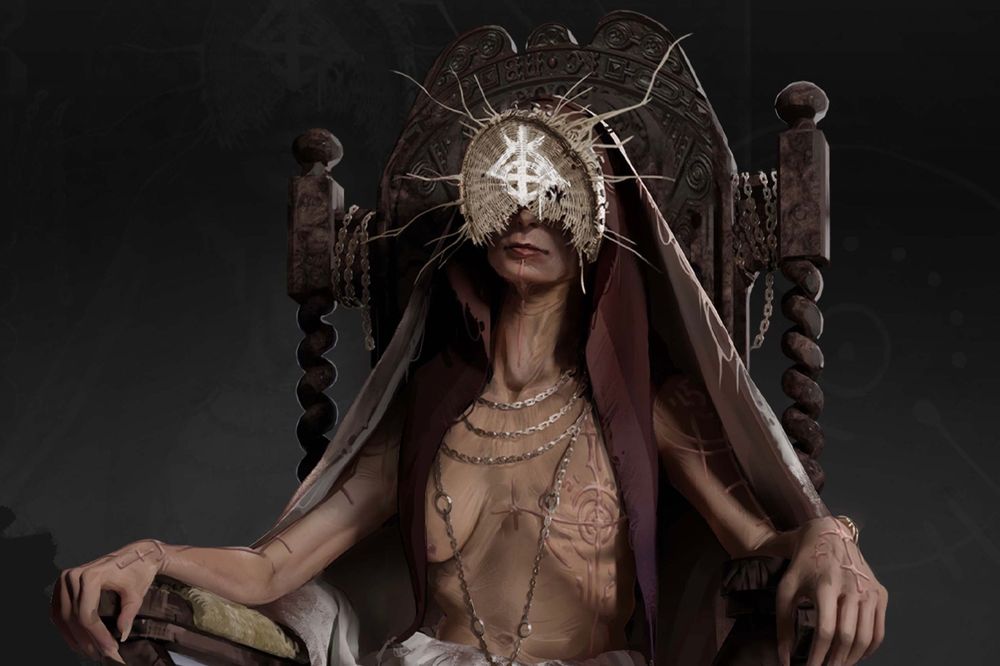
How to Curate an Impressive Student Concept Art Portfolio
New3dge graduate Zachary Cretegny shares his portfolio-building process with a focus on Concept Art.

New3dge graduate Zachary Cretegny shares his portfolio-building process with a focus on Concept Art.
Developing a strong student portfolio can be a challenging and lengthy process, but one that is crucial for success in the competitive field of concept art. In this article, recent New3dge graduate, Zachary Cretegny, shares his portfolio-building process, insights from professionals, and examples from his 2023-2024 works to help other aspiring artists navigate their own portfolio journeys.
Developing a portfolio is a daunting task and one that takes a long time to grasp. For myself, it took several years of gradually adding new work while filtering out work that was no longer up to par. The main key to a strong portfolio is truly that: being very aware of the industry standard and staying on top of which pieces may drag down your body of work. But it is important to also realise that there isn’t a set formula for the perfect portfolio. Each studio is different and may value different parts of your work and presentation.
Throughout my two years at New3dge, I had the wonderful opportunity to receive feedback from dozens of professionals who actively work in the concept art world. I gathered many skills and improved significantly in my ideation, process, and technical skills, but also, I improved significantly in my eye and understanding of the industry standard. Having a good eye for your own work, in the context of the studios and projects that you are planning on entering, can help improve your chances of success in this very competitive field.
I will explain to you the portfolio-building process that I utilise and the common answers that I have been given by industry professionals, as well as my own experience with many portfolio-related questions, showing you my 2023-2024 works as examples.
There are three main project types (outside of professional work) that I recommend having in your portfolio as a student: long-term personal projects, group projects, and shorter personal projects.
A long-term personal project shows your ability to work independently for an extended period on a single project. My long-term project was VEIL, a series of designs that could fit into a dark fantasy/horror game. I focused entirely on creatures and characters but spent a lot of time early on developing interesting world-building to build off of. VEIL was an 11-week project, with 2 weeks dedicated to research, 4 weeks to design iterations, and 5 weeks to rendering, presentation, and callouts. For this kind of project, you can either design something based on your own world-building or base it off an existing book or story. I chose to combine the two, using the existing folklore of the Jersey Devil combined with my own heavy world-building process.
As this was meant to be the largest project in my portfolio to date, I decided early on to focus on 5 different characters, each of which could showcase a different assignment that could come up in a studio workplace. I also wanted to fill in some portfolio gaps in terms of subject matter that I hadn’t covered in previous works (such as having an older character, a mount, etc.). These characters included 'The Mother', a mid-game human boss. This character features several prop callouts, which would make it easier for a 3D artist to model her.

The Entity: The final boss. This character was a fantastic opportunity to showcase a transformation that could occur in-game, which allows the viewer to fully understand how it would be implemented in a theoretical final product.

The Hunter: A main protagonist, who the player would experience the story through. His pages included turnarounds, prop views, a beauty shot and additional closeups for tattoos, scars and portraits.
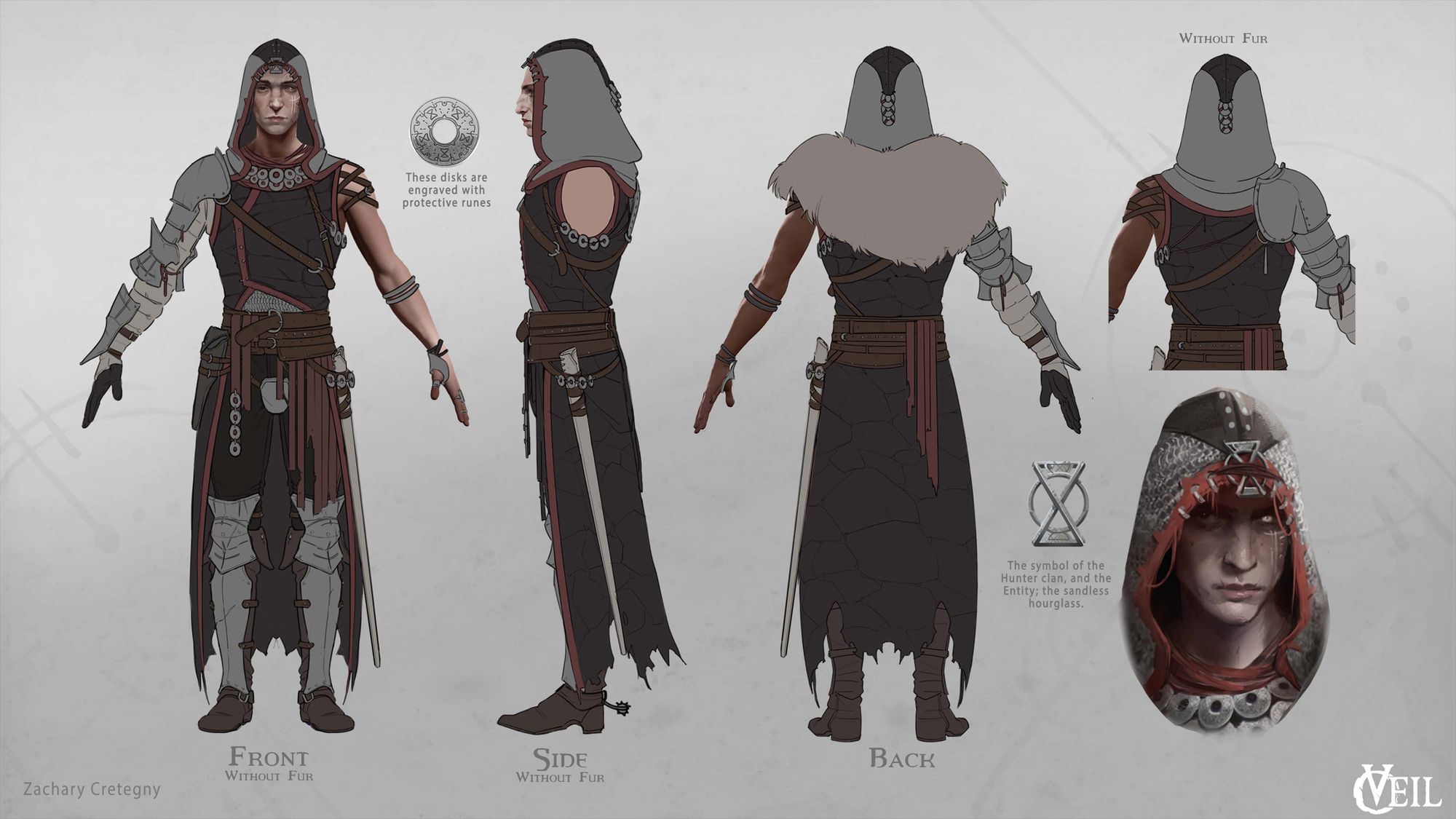
The Hunter’s mount: A horse for the protagonist. Mounts are a common addition to many fantasy games, showcasing your ability to design mounts with saddle variations and level ups can be a helpful addition to one’s portfolio.

The Leeds Devil: A mid game monster boss. As I worked in 3D for this design, it allowed me a lot of flexibility to reuse the model and capture several angles and additional views. Its benefit in production is leaving fewer questions unanswered for the 3D artists as the models can be sent for easy reference.
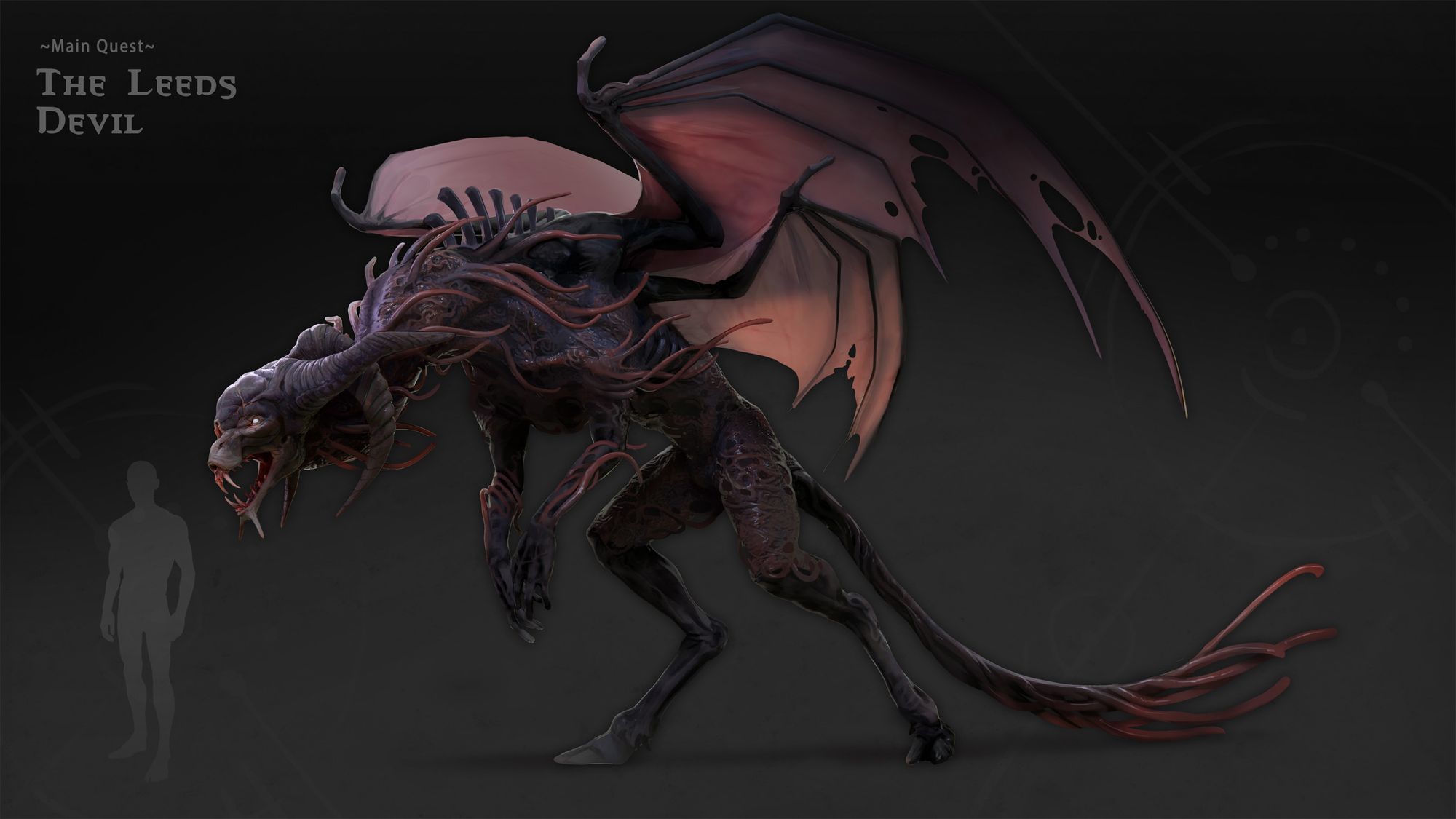
As well as the final designs, it was very important for me to show my thought process for how I reached these final designs. It is very beneficial to show one’s process in their portfolio as this is a question often asked in the interviewing process.

This project also showcases the use of many different digital tools, to best express my abilities to adapt and learn new software. This included teaching myself how to use Marvelous Designer, a tool that I will use a lot in the future. As well as showing my ability to work in ZBrush, Blender, and Substance 3D Painter. Having a variety of these software skills at hand is very important for concept artists nowadays, especially if you plan to work in more realistic productions.
Ther additional of group projects in your portfolio is a fantastic way to show that you have experience working on a team. New3dge had a built-in group project assignment, which was a collaboration between the VFX, Game Art, and Concept Art departments. This is how I worked on my particular project. However, I highly recommend gaining experience with group projects by attending game jams or art jams if your school does not have it formally implemented in your program, or even by working on group projects with friends.
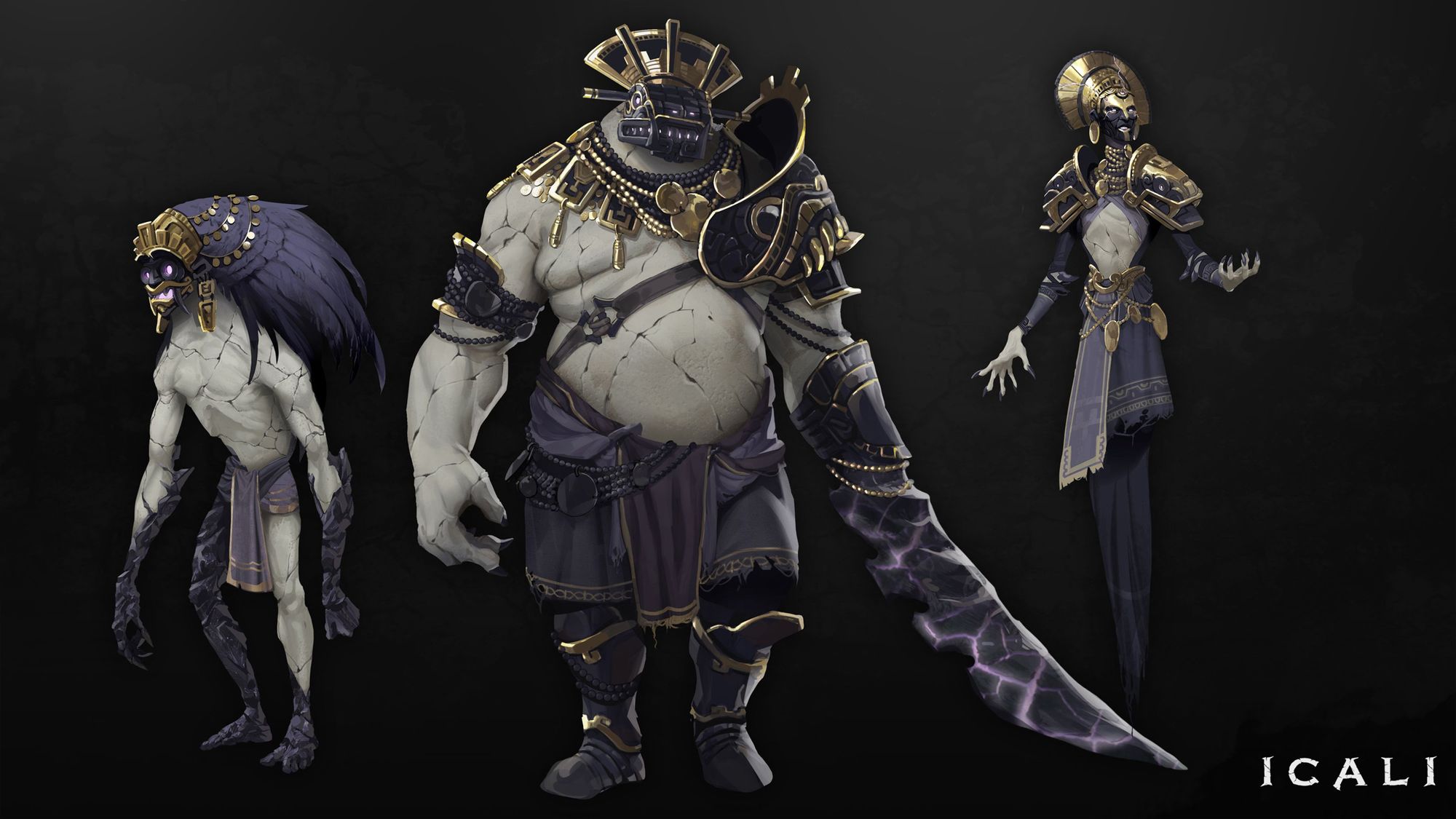
For New3dge’s group project we were split into groups where we were given individual tasks to work on throughout two months. I was tasked with creature design and conquistador design for the ICALI project (VFX Entry and Game Art Entry). This project was particularly beneficial for portfolio development as we were essentially working on the game pipeline already, which meant that the work we completed fits well into a final student portfolio and we also have access to a final product, as is created by the other departments of the school.
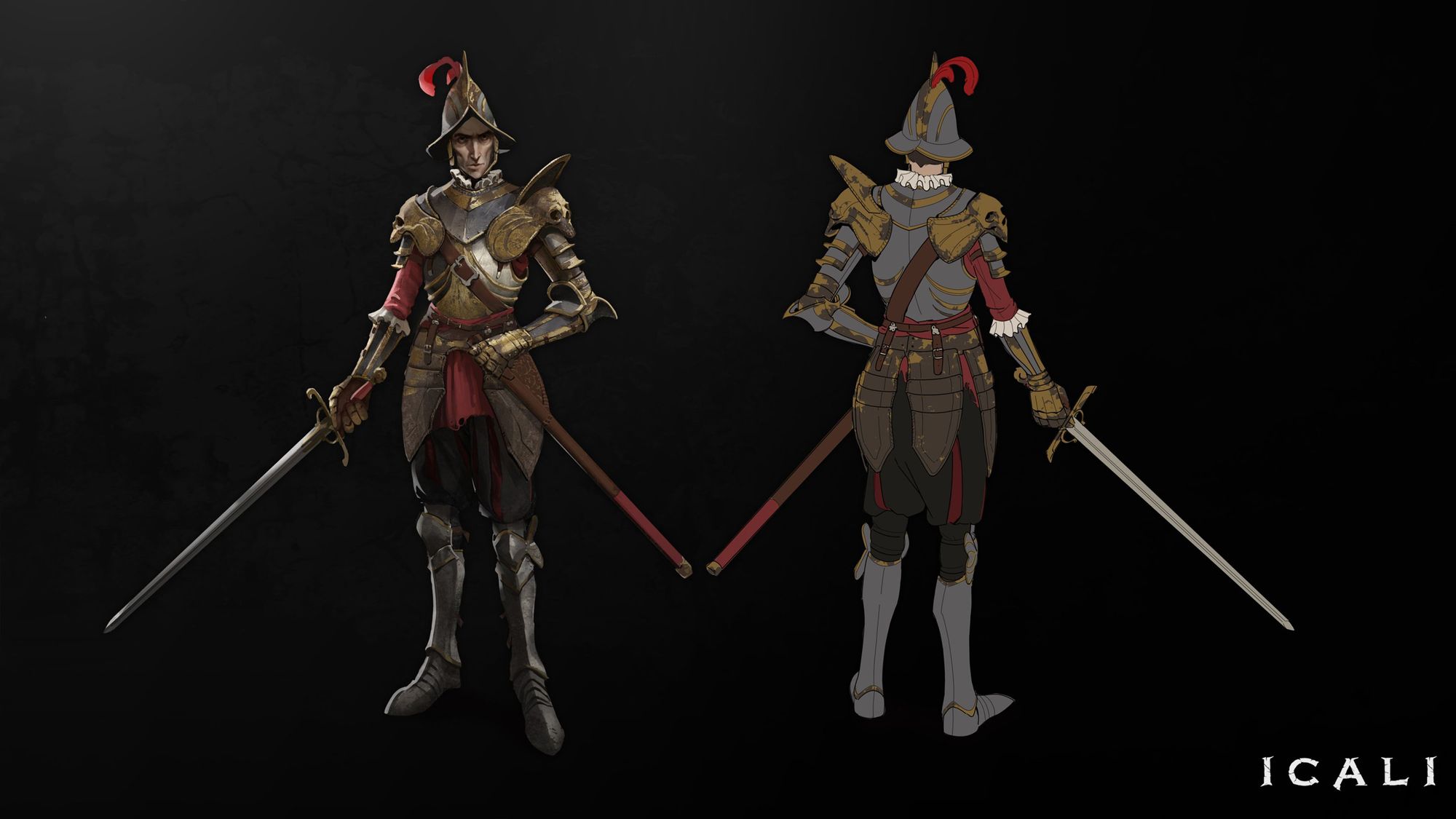
While working on ICALI, a major factor was working within the constraints mentioned in the pitch. The game was to be in a top-down view, which dictated a lot of how the final designs should read. If you are building a particular portfolio project from a certain view, it is important to consider how that will change the shape language that you use and where you place details in your designs. Showing that you considered these points in your concepts will show forethought and strong design principles.

It is also good to show VFX/ attack concepts, which are especially prevalent in stylised games.
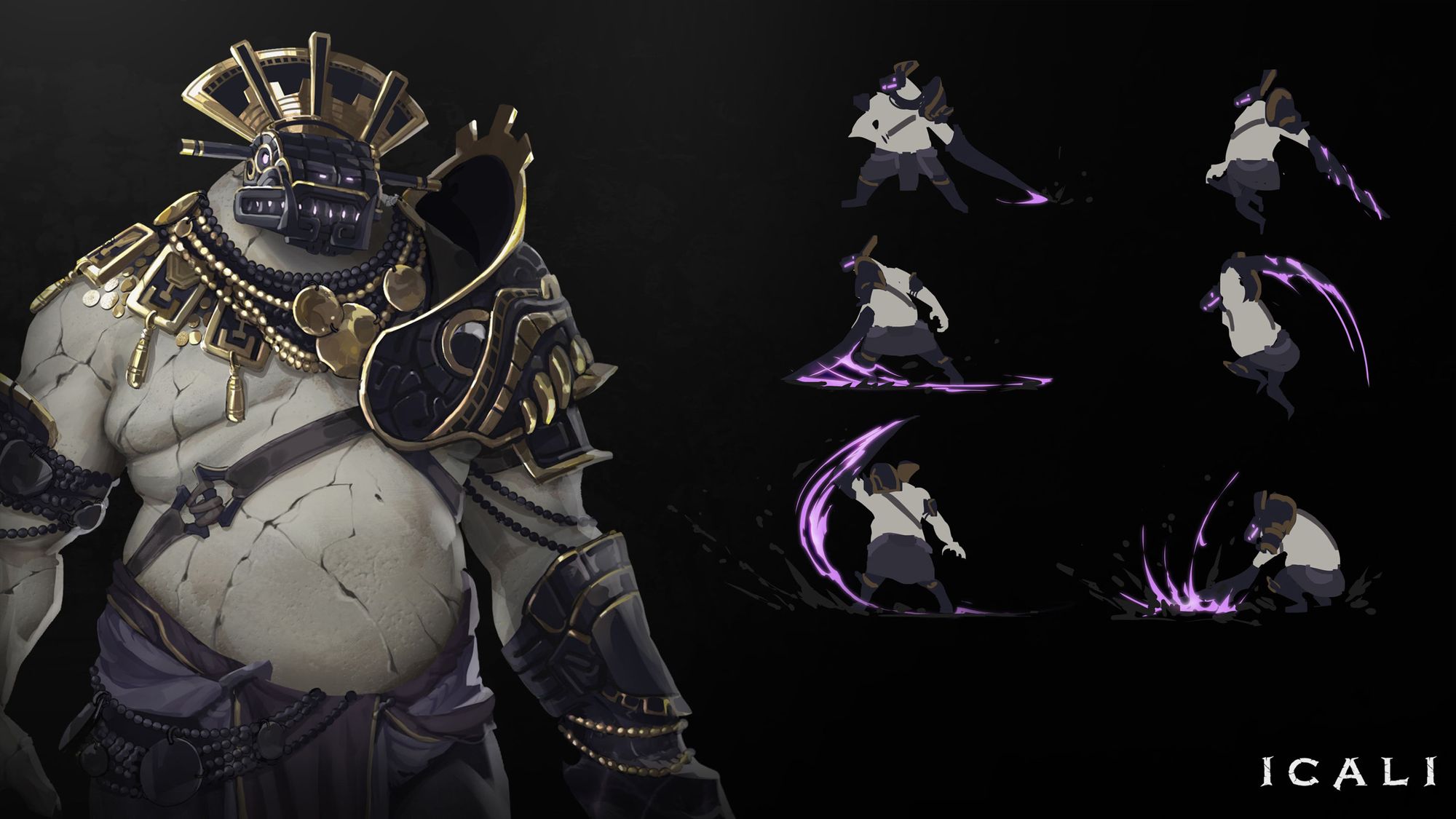
I consider these projects to be shorter than two weeks, focusing on smaller scenes and specific designs. These are a good opportunity to work on several projects outside your comfort zone or to learn new tools and workflows between larger projects. I personally used shorter projects to experiment with different styles and showcase a wider variety of worlds than what can be displayed in a single long-term project. Small projects are something you should continue working on even when you enter the industry, as NDAs and long release schedules can mean that you may not be able to frequently update your portfolio with professional work.
This is highly dependent on what you choose to focus on as a concept artist. I have a character/creature based portfolio so I focus on character and creatures with additional keyframes with the aforementioned elements. It is also good to have prop work in your portfolio if you plan to be a character artist as it is a highly competitive subsection of concept art, so having a few props can set you apart. It is also very helpful to learn how to design creatures as well since there is quite a bit of overlap between characters and creatures.

It can be challenging to decide what work to remove from your portfolio. My best advice is to cultivate a community of concept artists whom you can ask for advice and feedback. This community can include your classmates, friends, or teachers who work in the field. Keep in mind that opinions in the industry vary, so it's beneficial to seek a second opinion. Another important consideration is to avoid including anything in your portfolio that you wouldn't want to work on again. Recruiters often use your portfolio as a reference for your skills and what you can produce for their studios. If you include work that you didn't enjoy creating, even if it's technically successful, you might end up being assigned similar projects, leading to burnout.
The consensus on having a range of styles varies depending on who you ask, but it's generally agreed upon to separate your portfolio into different styles based on your target audience. For instance, if you're applying to different studios, consider having separate tabs for stylised and realistic work on your personal website, along with a third tab for your overall portfolio. This allows you to tailor your applications by sending specific tabs that align with what each studio is looking for.
Having a single strong style can also be advantageous, especially in freelancing, as clients seeking a particular aesthetic can trust that you're capable of delivering precisely what they need. However, my own portfolio, which showcases a range of styles, has been well received overall. Ultimately, the reception of your portfolio depends on the specific context of where you're applying.

The debate between Quantity vs Quality often arises in portfolio development. Many students tend to include everything they've created in their portfolios, driven by attachment or the belief that more is better. However, quantity doesn't always equate to quality. It's far more impressive to showcase five exceptionally strong pieces than to include dozens of weaker ones. In a portfolio, you're often evaluated based on the weakest project you present, so having fewer projects, particularly for juniors or students, minimises the risk of showcasing weaker work inadvertently.
Similarly, it's crucial to begin your portfolio with a standout piece and conclude with another strong one. Captivate the viewer early on and leave them impressed by the end. A lackluster ending can make your portfolio forgettable. For my final piece in my rookies post, I utilised a slider, allowing viewers to explore the process work if they desire, while presenting a striking splash piece for them to enjoy. The projects between these two strong pieces are also arranged strategically: for my VEIL project, we ordered them to showcase the strongest designs at the beginning and end, maintaining excitement throughout the portfolio scroll.
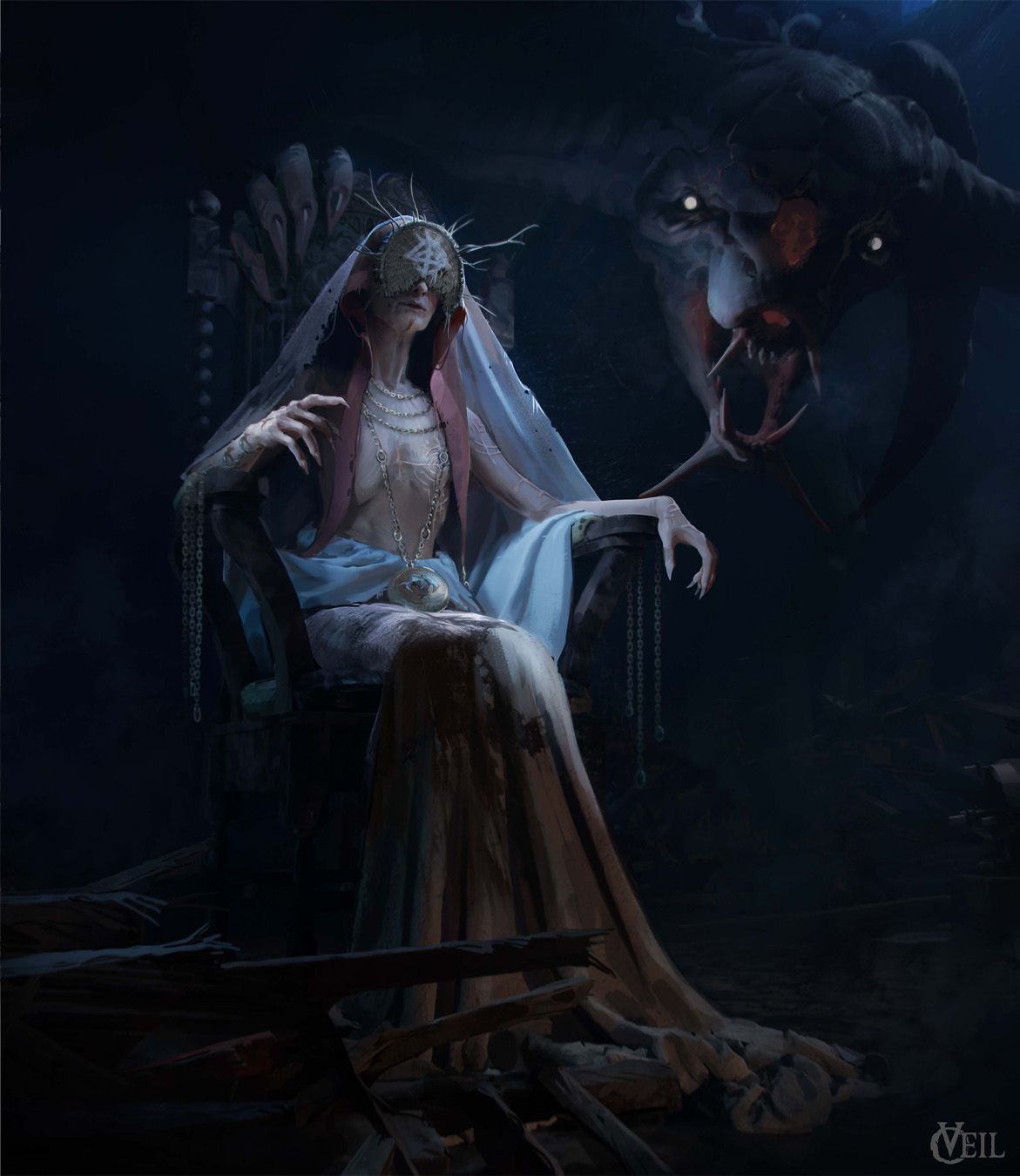
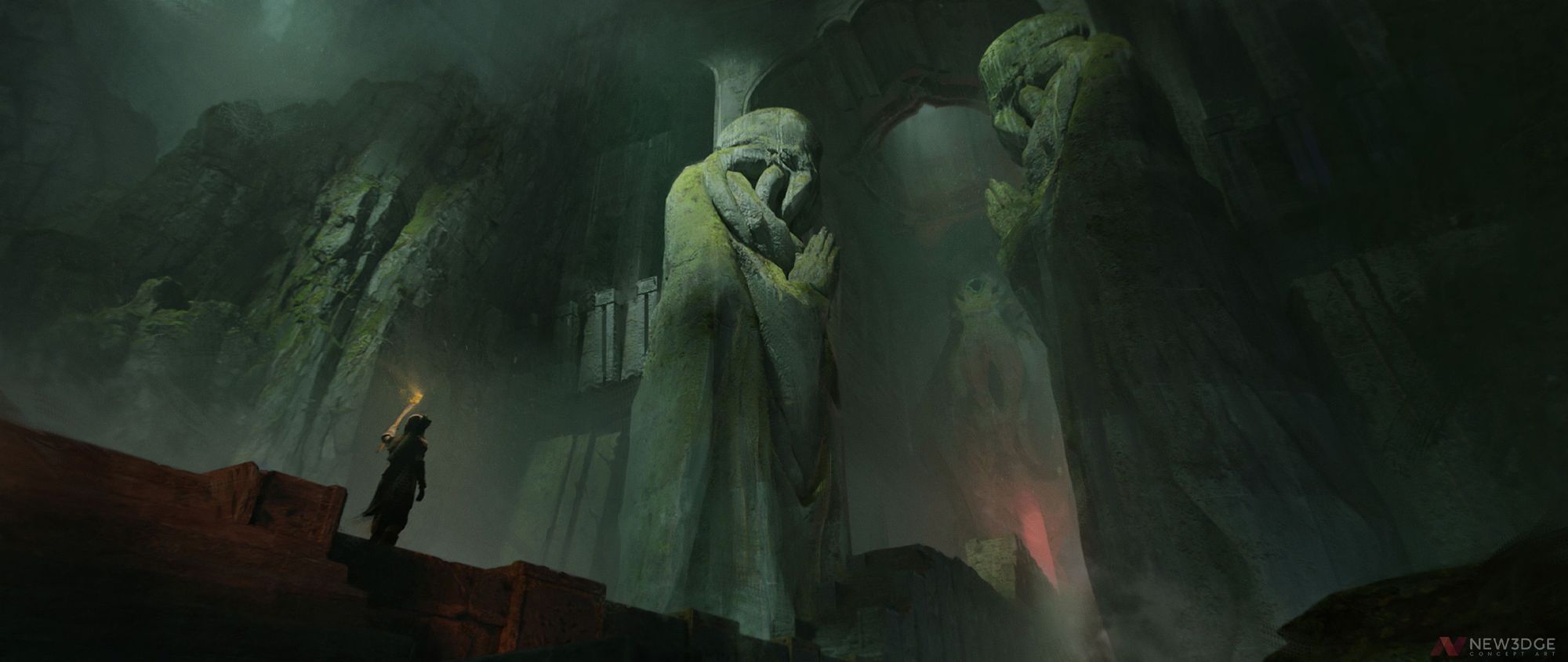
Portfolios serve as the primary means of securing a job, yet networking should never be underestimated. Establishing personal connections is incredibly valuable. Even with a strong portfolio, putting a face and personality to the name can significantly enhance your prospects. I highly recommend attending in-person art and networking events to connect with individuals in your chosen industry. Some events may even offer formal portfolio reviews. It's through these personal interactions that I've forged several robust industry contacts who have not only helped improve my work but also assisted in early job or internship placements.
Portfolios are a tricky thing to get right and you should expect to continuously edit them to adapt to the current and future landscapes of our industries. Hopefully these tips can help set you on the right track and I wish you all the best!
To see more of my own work check out my Rookies Profile and reach out via my social profiles listed there.